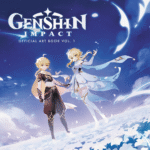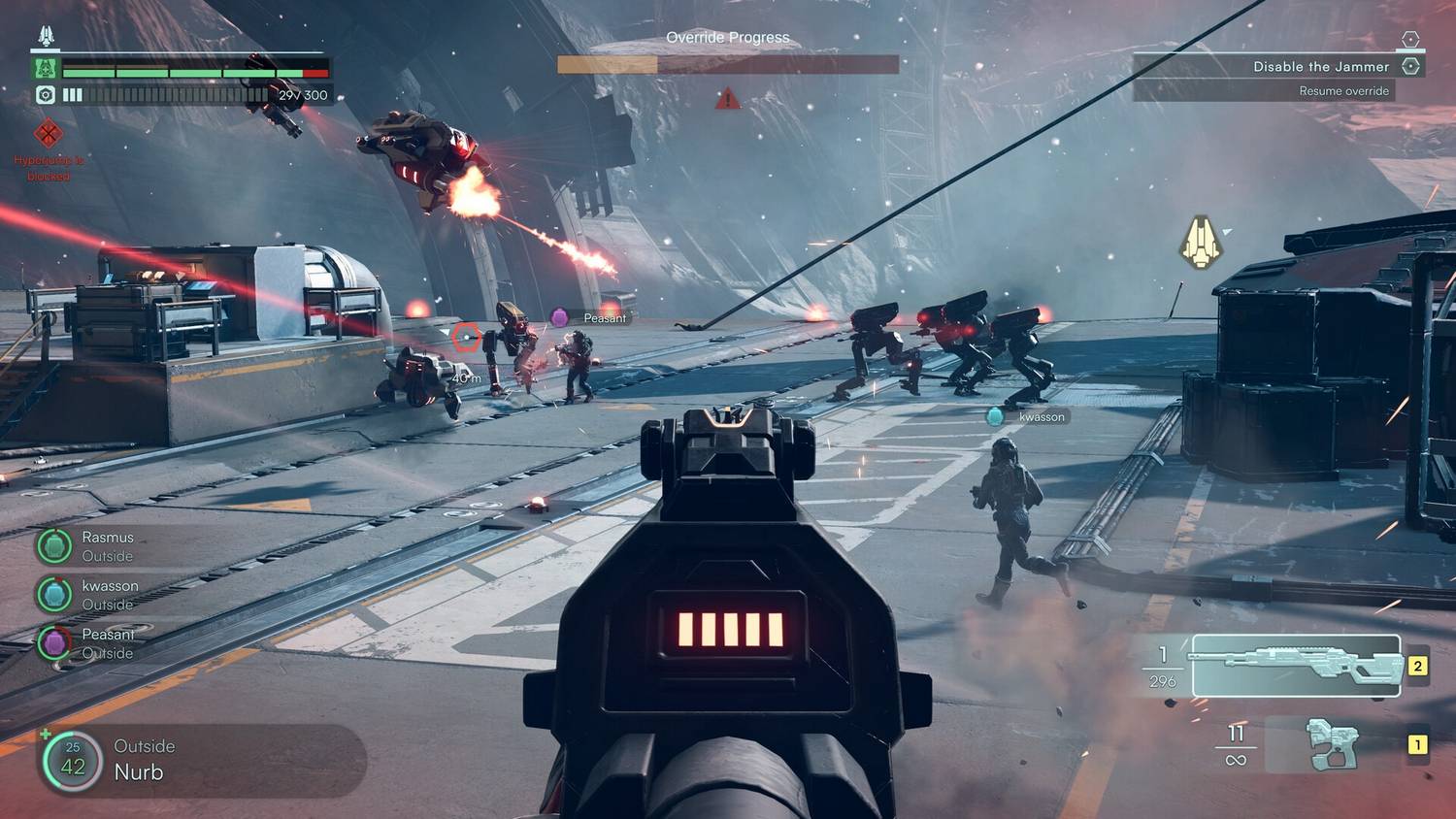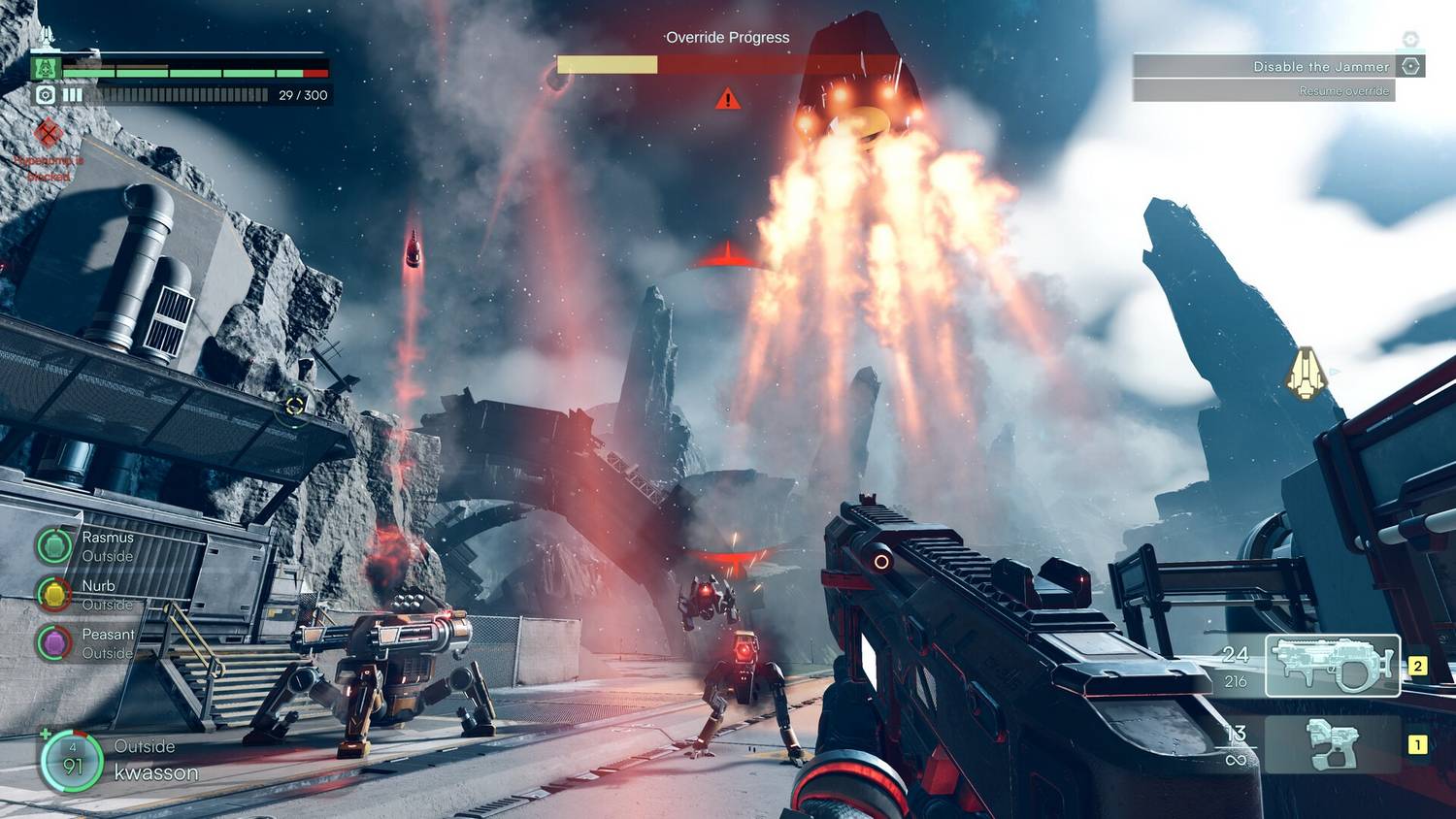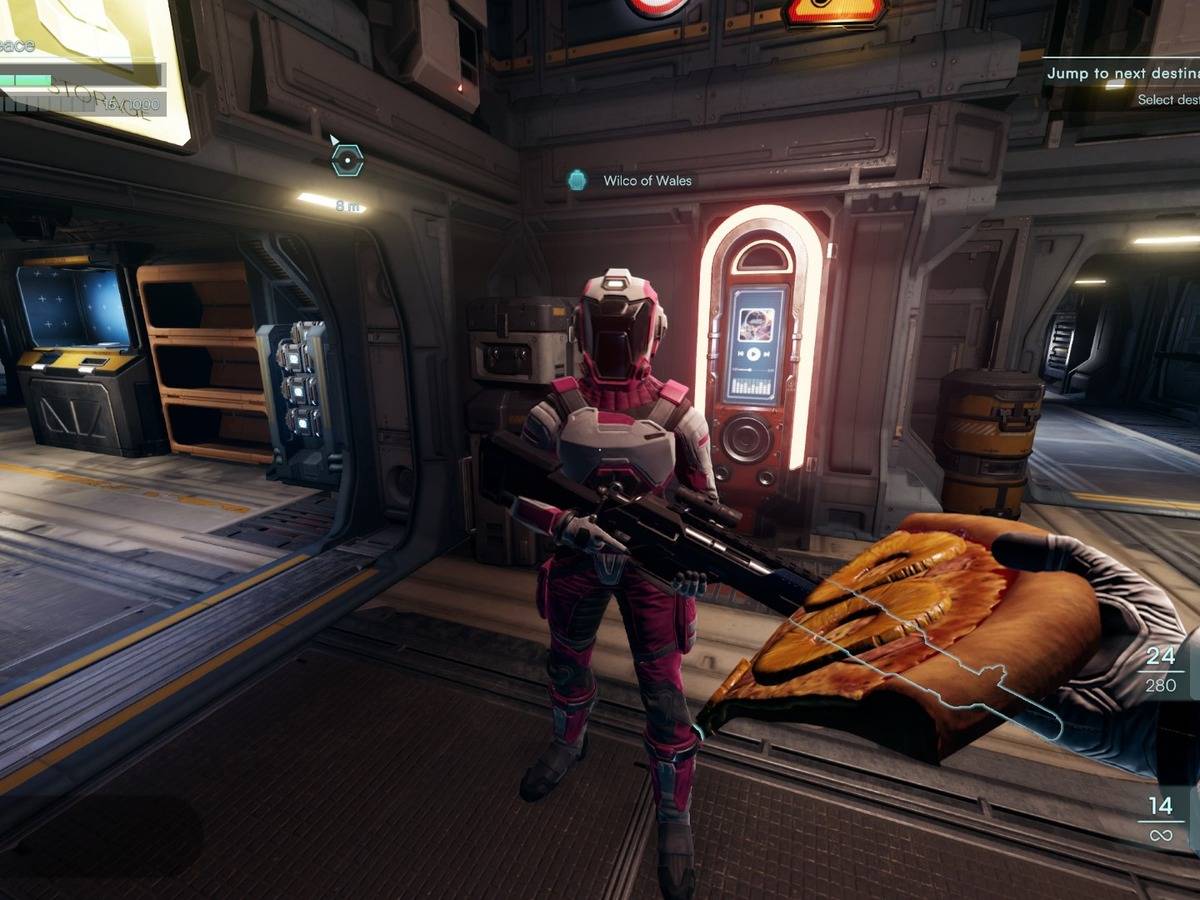Jump Space: The Co-op Magic That Keeps the Space-Faring Roguelite Flying Through Early Access Turbulence
Popular Now
 PUBG Mobile
PUBG Mobile
 EMI Calculator App & Loan EMI
EMI Calculator App & Loan EMI
 Garena Free Fire: Kalahari
Garena Free Fire: Kalahari
 Candy Crush Saga
Candy Crush Saga
 Sonic the Hedgehog™ Classic
Sonic the Hedgehog™ Classic
 Genshin Impact
Genshin Impact
 Call of Duty
Call of Duty
 League of Legends
League of Legends
 FIFA 23
FIFA 23
 Minecraft
Minecraft  The highly anticipated co-op space adventure, Jump Space (formerly Jump Ship), has officially launched into Early Access, bringing its unique blend of 4-player cooperative, ship-crewing chaos, and first-person shooter action to the PC gaming landscape. Developed by Keepsake Games, the title has been described as a successful synthesis of the emergent storytelling of Sea of Thieves and the Deep Rock Galactic-style mission structure—a high-concept pitch that, despite noticeable early access “jank” and content repetition, is being buoyed by the sheer quality of its core cooperative gameplay loop.
The highly anticipated co-op space adventure, Jump Space (formerly Jump Ship), has officially launched into Early Access, bringing its unique blend of 4-player cooperative, ship-crewing chaos, and first-person shooter action to the PC gaming landscape. Developed by Keepsake Games, the title has been described as a successful synthesis of the emergent storytelling of Sea of Thieves and the Deep Rock Galactic-style mission structure—a high-concept pitch that, despite noticeable early access “jank” and content repetition, is being buoyed by the sheer quality of its core cooperative gameplay loop.
The current state of Jump Space’s development is characterized by a “turbulence” of its own: a compelling, frenetic co-op experience that is struggling against a common set of early access limitations. However, the game’s ability to consistently generate moments of thrilling, high-fiving collaboration is proving to be its powerful shield against player frustration.
 The Recipe for Co-op Buzz: Ship Management and Factional Firefights
The Recipe for Co-op Buzz: Ship Management and Factional Firefights
Jump Space casts players as “soldiernauts”—a crew of up to four—tasked with piloting, manning weapons, and managing a single frigate across roguelite runs of sabotage and salvage missions. The magic of the game lies in the forced multi-tasking and quick-witted role-swapping it demands from the crew.
- Whack-a-Mole Ship Management: Unlike traditional space sims, damage isn’t resolved via a menu. Intense space dogfights mean players must scramble to put out electrical fires, weld hull breaches, and fix faulty components, often requiring a perilous spacewalk to repair external damage while the ship is still in motion. This triage under fire is the core of the game’s best, most chaotic moments.
- Seamless Transition to FPS: Missions often require the crew to land the ship and embark on foot for first-person shooter combat against angry robot chassis (the “Legion bots”). This transition from the pilot seat to on-foot zero-G exploration, then to a standard firefight, is executed seamlessly, offering excellent mission variety.
- Emergent Cooperative Narratives: The moments that resonate most with players are when the ship is “five to ten seconds away from snapping in half”—shields failing, engines smoking, a boarding party tearing up the interior, and the crew having to survive by the skin of their teeth. These near-death experiences, pulled back from the brink through desperate teamwork, create a powerful sense of shared victory and memorable failure. This is the co-op magic that players are willing to pay a premium for.
 Early Access Turbulence: Repetition and Technical Hurdles
Early Access Turbulence: Repetition and Technical Hurdles
While the cooperative core is a resounding success, the early access journey is not without its difficulties. The current build reveals several areas needing significant polish, which can dampen the otherwise exhilarating gameplay:
- Mission and Environment Repetition: Extended playtime quickly exposes a limited library of mission objectives and indoor environments. Players report raiding “four or five identical crashed freighters” and traversing the same handful of corridors and cargo bays, making the early run progression feel predictable.
- Technical Jank and Performance: The game is not immune to garden-variety early access bugs. Issues reported include common stuttering (especially when ship fires break out), non-complete character/bot animations, occasional UI icons replaced with scribbled placeholders like “Not made :(,” and minor communication breakdowns where on-screen text incorrectly swaps languages. Furthermore, some users, particularly those with higher-end 30-series GPUs, have reported stability and performance dips not present in earlier demos, prompting a developer warning upon boot-up.
- Single-Player Viability: While a droid sidekick is provided for solo players, the game’s core mechanics—particularly triaging simultaneous tasks like piloting, gunning, and repairing—are clearly designed for a full four-person crew. The solo experience is considered by many to be a “wait and see” prospect until Keepsake Games delivers on its roadmap promise to shore up the single-player experience.
Looking Ahead: A Robust Roadmap Promises Smooth Sailing
Developer Keepsake Games has a clear vision for the game’s future, as outlined in their early access roadmap. The immediate future includes the release of Chapter 2: Atira Strikes Back, which promises substantial content to address current issues. Key upcoming features include:
- New ships and additional ship components.
- Multiple Endless Modes and Sector Modifiers for greater run variety.
- New mission types, enemies, and an expanded story.
- Quality of Life updates such as a lobby browser and in-game text chat.
The developers are actively soliciting community feedback, a crucial element for a successful early access title. With the game currently priced at an accessible $19.99, the high-quality, high-octane cooperative experience it already offers makes it an attractive investment for friends looking for a new multiplayer mainstay in the vast galaxy of space combat and survival games.
Keyword Focus: Jump Space, Early Access, Co-op Magic, 4X Strategy, Cooperative Gaming, PC Gaming, Roguelite, Ship Management, First-Person Shooter, Deep Rock Galactic, Sea of Thieves, Game Development, Multiplayer, Space Combat, Roguelite, AAA Gaming.











 The Recipe for Co-op Buzz: Ship Management and Factional Firefights
The Recipe for Co-op Buzz: Ship Management and Factional Firefights Early Access Turbulence: Repetition and Technical Hurdles
Early Access Turbulence: Repetition and Technical Hurdles